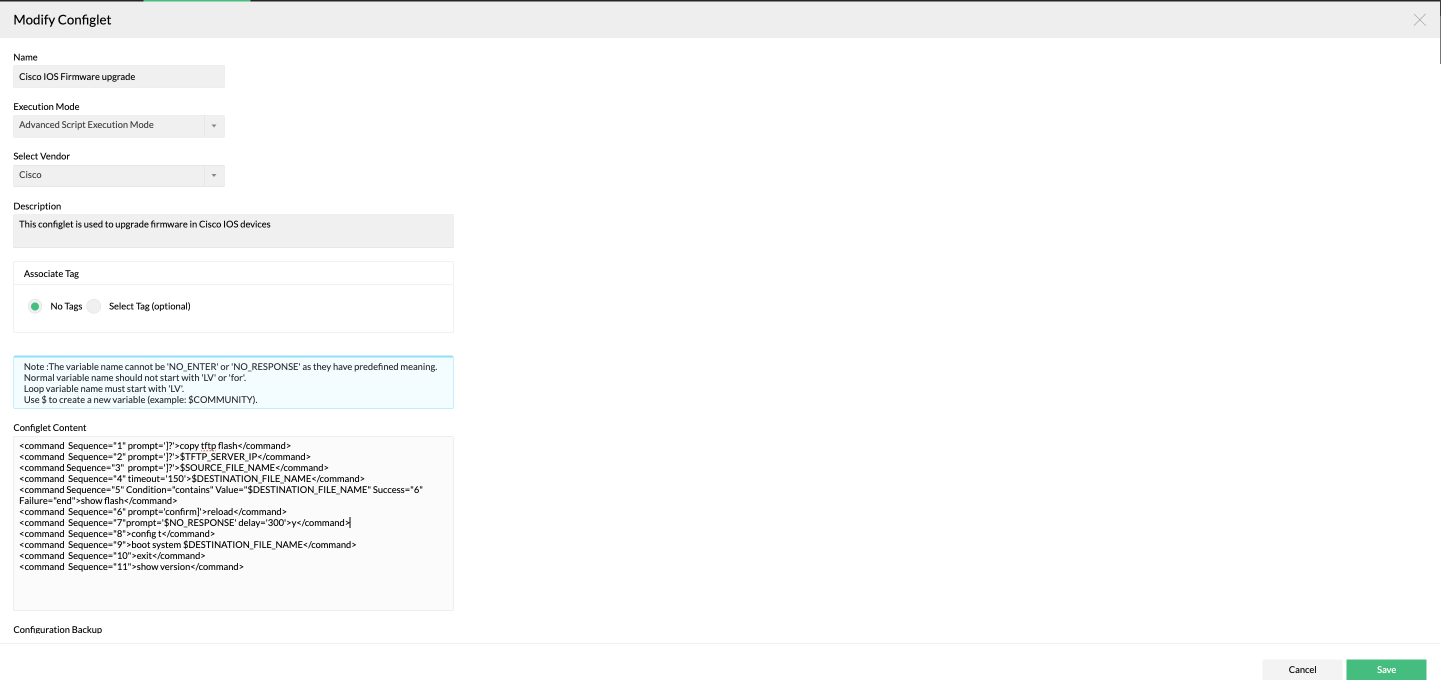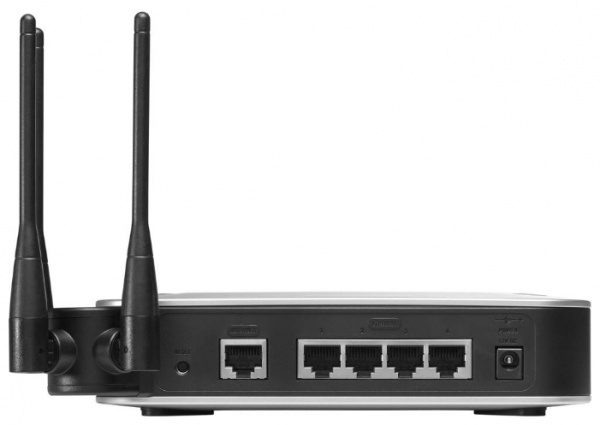

For example, stable release networks will upgrade to a new stable release when a new stable release is pushed to them. When an automated firmware upgrade is released by Meraki, networks that are scheduled for automated upgrades will be moved to the latest version matching that network's firmware release type. The firmware that is selected via the automatic upgrade process can be one of three release types Stable, Stable Release Candidate, or Beta. If any of these factors are at risk, Meraki may choose to wait to deploy until those risks have been resolved. The primary considerations for Meraki when deploying firmware upgrades is to preserve maximum security, uptime, and compatibility. Some factors that may affect the automated deployment time period include: potential conflicts between new and old firmware builds, the number of devices receiving the new build, or special configurations on critical devices or networks that require caution for upgrades. The automated process can sometimes take weeks to occur on all networks, depending on certain factors. Though it will eventually be pushed to qualified networks via the automated upgrade process, the automated upgrade process does not happen immediately after release and is rolled out over time. When new firmware becomes available it will immediately be available on dashboard for an administrator to upgrade to.

While this upgrade method does not require any additional input from the administrator, it may not be appropriate as a complete firmware management process, depending on the needs of your network. All networks, by default, receive automated upgrades. In order to support the process of firmware maturity and to provide the most stable experience to customers, Meraki will schedule firmware upgrades for networks that meet the criteria for a firmware upgrade. Meraki’s goal is to make networking simple and one of the ways that we do this is by automating firmware upgrades. Our extensive testing and our beta adoption process ensures that we deliver reliable builds at a regular cadence, delivering up-to-date security and stability. Even given the options for finer controls, the vast majority of our users adopt and run on our latest firmware builds almost immediately after stable release candidates are available. The results are evident in our users’ impressive firmware adoption rates.

Meraki differentiates itself through its firmware delivery using the Meraki cloud platform, by providing an exceptionally swift and reliable way to deliver firmware upgrades. Customers can now manage firmware for each network in their organization by selecting which firmware runs on which network. As Meraki has grown alongside its customer base, we have incorporated tighter controls over firmware for customers who desire these while still maintaining the simplicity of cloud-based delivery. In the early days of Meraki, the only firmware configuration required was to specify a convenient maintenance window for your network, such as late at night on a weekend, for example.


 0 kommentar(er)
0 kommentar(er)
